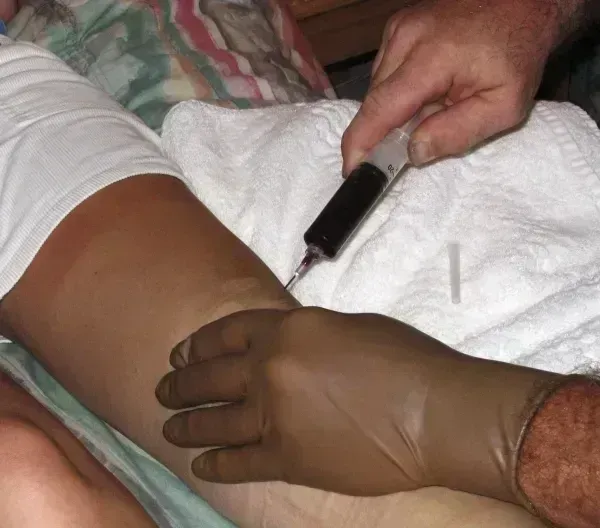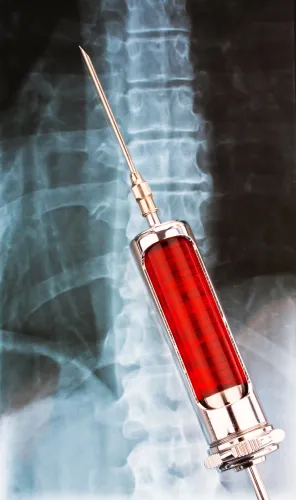Orthopedic Coding Alert
CPT® Coding:
Get the Whole Story on Subcutaneous FBRs
Published on Fri Mar 01, 2019

You’ve reached your limit of free articles. Already a subscriber? Log in.
Not a subscriber? Subscribe today to continue reading this article. Plus, you’ll get:
- Simple explanations of current healthcare regulations and payer programs
- Real-world reporting scenarios solved by our expert coders
- Industry news, such as MAC and RAC activities, the OIG Work Plan, and CERT reports
- Instant access to every article ever published in Revenue Cycle Insider
- 6 annual AAPC-approved CEUs
- The latest updates for CPT®, ICD-10-CM, HCPCS Level II, NCCI edits, modifiers, compliance, technology, practice management, and more
Related Articles
Other Articles in this issue of
Orthopedic Coding Alert
- Surgery:
Write Off Wrist Arthrodesis Coding Worries With This Advice
Check for graft before choosing code. Patients who report to the orthopedist with wrist issues [...] - CPT® Coding:
Get the Whole Story on Subcutaneous FBRs
Incision a must for any FBR claim. Orthopedic practices are most often focused on fixing [...] - Modifier Madness:
Use These Tips on 'The 5' Modifiers to Code Successfully
Correctly I.D. situations for use of modifiers 51, 54, 57. Have you ever misused a [...] - You Be the Coder:
Straighten Out Arthrography Knowledge for X-ray Success
Question: Notes indicate that the orthopedist performed an elbow X-ray examination along with a two-view [...] - Reader Question:
Use These Tips for Spontaneous Rupture Dx
Question: Notes indicate that the orthopedist performed a level-three evaluation and management (E/M) service for [...] - Reader Question:
Dig Into Details on Decompression Fasciotomies
Question: Notes indicate that the provider performed a decompression fasciotomy on a patient’s lower left leg [...] - Reader Question:
Knowledge Is King on Critical Care Bundles
Question: I am new to coding. Can you help me understand what constitutes as critical [...]
View All




